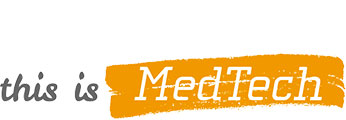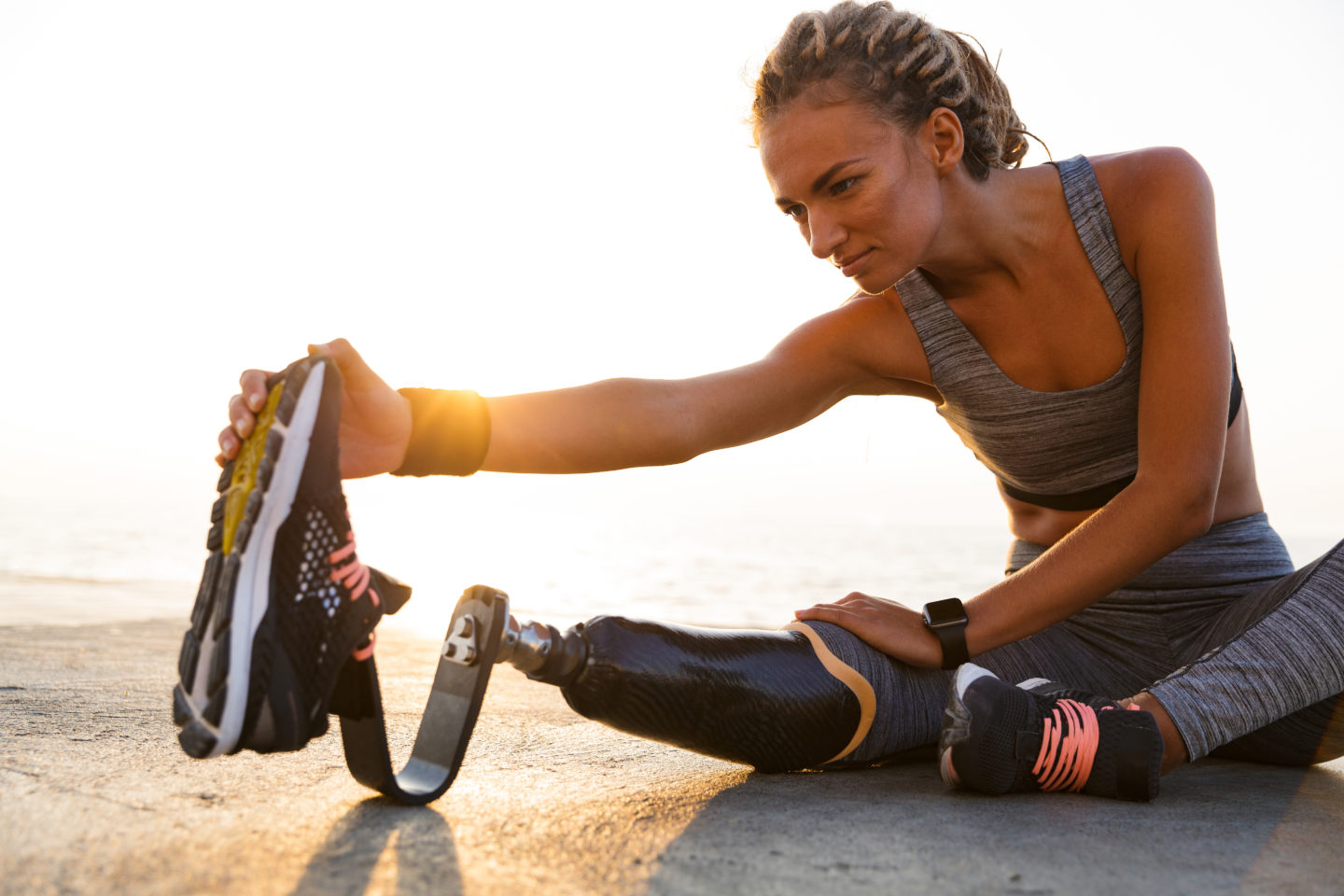Orthopedic technology restores mobility, relieves pain, and improves quality of life with increasingly minimally invasive procedures. Orthopaedics, focusing on the musculoskeletal system, enables movement and active lifestyles. Globally, musculoskeletal conditions affect 1.71 billion people[1], making them the second largest cause of disability, with low back pain leading. These conditions often limit activity and reduce economic productivity, with their impact expected to grow as populations age.
Orthopedic devices such as knee and hip replacements, spinal surgery, and trauma treatments are well-known solutions. Other innovations, including shoulder and extremity replacements, regenerative solutions, bracing, and advanced technologies like surgical robots and navigation systems, are driving faster recoveries and better outcomes.
These advancements also address sports injuries, osteoarthritis pain, and maxillofacial surgeries, easing the burden of musculoskeletal conditions on individuals, families, as well as the economy.
[1] World Health Organisation Musculoskeletal Conditions Sheet
https://www.who.int/news-room/fact-sheets/detail/musculoskeletal-conditions





